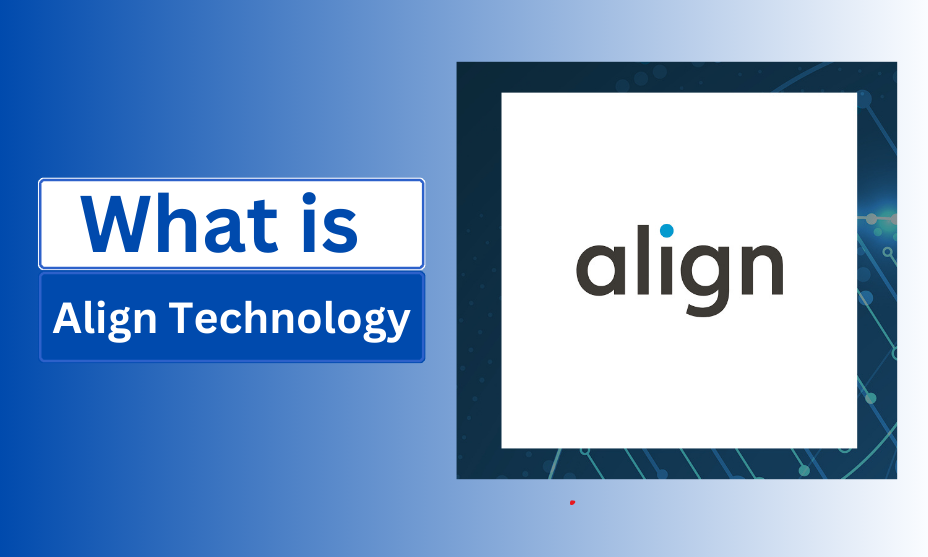Strategies for Effective Project Management in Software Development

Effective project management strategies are crucial in every field, but they hold special significance in software development project management. Given the fast-paced and often unpredictable nature of technology projects, managing them efficiently can be the difference between success and failure. Effective management helps ensure projects meet deadlines, stay within budget, and align with the business goals and customer needs. It also plays a pivotal role in optimizing resource allocation, minimizing risks, and maximizing output quality. In essence, mastering project management in software development not only drives projects to successful completion but also enhances the overall health of the software development company.
Agile Project Management
The Principles
These principles guide teams in adapting to changes quickly and delivering value at every step of the development process. The core idea is to break down large projects into manageable units, allowing teams to focus on high-quality development, frequent testing, and continuous delivery. This approach not only enhances efficiency but also ensures that the end product aligns closely with customer requirements. By integrating regular feedback loops, Agile encourages ongoing improvement and adaptation, making it ideal for projects where end-user needs are continuously evolving.
The Benefits
Adopting Agile methodologies offers numerous benefits to a software development agency. It allows for better client engagement by demonstrating progress through regular increments. This transparency helps in building trust and facilitating clearer communication between all stakeholders. Agile’s nature enables teams to identify and address defects early in the process, which significantly reduces the overall risk and cost associated with late-stage changes. Moreover, the flexibility offered by Agile allows teams to pivot and incorporate new or changing requirements without disrupting the project flow.
Common Practices and Techniques
Daily stand-ups help keep the team aligned and focused on the most immediate tasks. Sprints are short, consistent cycles where teams complete work items from the backlog, which fosters a sense of accomplishment and momentum. Pair programming enhances code quality and fosters knowledge sharing within the team. Retrospectives are conducted at the end of each sprint to reflect on what went well and what could be improved, ensuring that each cycle is more effective than the last. These practices are fundamental in maintaining the rhythm and productivity of Agile teams.
Challenges and Solutions
Resistance to change, lack of experience with Agile frameworks, and difficulties in managing customer expectations are common hurdles. To overcome these, it’s crucial to provide comprehensive training and foster an organizational culture that embraces change and continuous learning. Clear communication and engagement strategies must be developed to manage stakeholder expectations effectively. Employing experienced Agile coaches can provide teams with the guidance needed to navigate initial challenges and fully leverage agile project management best practices.
Scrum Methodologies
Core Concepts of Scrum
Scrum is a framework within Agile that provides a structured approach to managing complex software projects. It is built around a few core concepts that enable teams to work efficiently and respond adaptively to change. Below are the key aspects:
- Sprints: Time-boxed periods where specific work must be completed and made ready for review.
- Scrum Roles:
- Product Owner: Defines the product vision and manages the product backlog.
- Scrum Master: Facilitates Scrum processes and resolves obstacles.
- Development Team: Delivers the product increments.
- Scrum Artifacts:
- Product Backlog: An ordered list of everything that might be needed in the product.
- Sprint Backlog: The set of backlog items selected for the sprint, plus a plan for delivering them.
- Increment: The sum of completed items during a sprint, which is ready for potential release.
- Scrum Ceremonies:
- Sprint Planning: A meeting where the team decides what to complete in the coming sprint.
- Daily Scrum: A daily 15-minute meeting to synchronize activities and create a plan for the next 24 hours.
- Sprint Review: A review at the end of the sprint to demonstrate what was accomplished.
- Sprint Retrospective: A review used to inspect the sprint and plan for improvements in the next one.
By understanding and implementing these core elements, teams can adapt more quickly to changes in project scope or market conditions, ensuring better outcomes and higher customer satisfaction.
Implementing Scrum in Software Projects
Successfully implementing Scrum requires a shift in mindset from traditional project management tools to a more flexible and collaborative approach. This transition can be facilitated by starting with small, manageable projects to gain familiarity with Scrum’s dynamics before scaling up. It’s also essential to have full buy-in from all team members and stakeholders, emphasizing the benefits such as faster delivery times, higher quality outputs, and greater adaptability to change.
Key Components of Project Management
Clear Goal Setting
The foundation of effective project management lies in the ability to set clear and achievable goals. These objectives should not only align with the overall business strategy but also be specific, measurable, attainable, relevant, and time-bound (SMART). This clarity helps guide the software development processes by providing a direct path for the team to follow and measure their progress against. Well-defined goals ensure that all team members and stakeholders have a unified understanding of what needs to be accomplished, reducing the scope for confusion and misdirection in project activities.
Stakeholder Engagement
Emphasizing iterative progress allows teams to develop software in manageable increments and refine their outputs continually based on feedback and changing requirements. This flexibility is crucial in software development, where project scopes and end-user needs can evolve rapidly. Adopting an iterative approach helps manage complexities more effectively, allowing teams to adapt without significant overhauls in project plans or schedules.
Project Planning Techniques
Defining Project Scope
Accurately defining the project scope is critical in setting the stage for successful software project management. This involves detailing what the project will deliver and outlining the boundaries of what it will not cover. A well-defined scope helps prevent scope creep—the tendency for project features and deliverables to expand throughout a project without corresponding increases in resources, which can lead to missed deadlines and budget overruns.
Setting Realistic Timelines
Creating realistic timelines is essential to ensure that a software project progresses smoothly without undue pressure on the team. Here’s how you can set achievable timelines:
- Break Down the Project into Smaller Tasks: Divide the project into manageable segments and estimate the time needed for each task.
- Consult with your Team: Leverage the expertise of your team members to assess the time estimates for tasks, especially for more complex areas.
- Consider Past Projects: Analyze the timelines of similar past projects to guide your current estimates.
- Allocate Time for Reviews and Revisions: Incorporate time for testing, feedback, and corrections, which are inevitable in software development.
- Plan for Contingencies: Add buffer times to account for unexpected delays or issues.
This thorough approach to planning allows for a more fluid execution of the project, accommodating the inevitable bumps along the way. By balancing ambition with achievability, you create a schedule that motivates the team but also respects their time and resource limitations.
Continuous Risk Assessment
Using a proactive approach, any risks are recognized early in the project, their impact is assessed, and mitigation techniques are put in place. Regular risk assessments help teams prepare for unforeseen events and make informed decisions to keep the project on track. This ongoing process not only helps in maintaining steady progress but also safeguards the project against major setbacks.
Achieving success requires more than just following project management tips; it demands a commitment to continuous learning and adaptation. Each project presents unique challenges and learning opportunities, making it essential for project managers and their teams to stay agile and responsive. Fostering a collaborative team environment and prioritizing tasks efficiently can significantly contribute to the project’s success. Finally, regular retrospectives ensure that the team learns from each experience, applying these insights to improve future projects.




